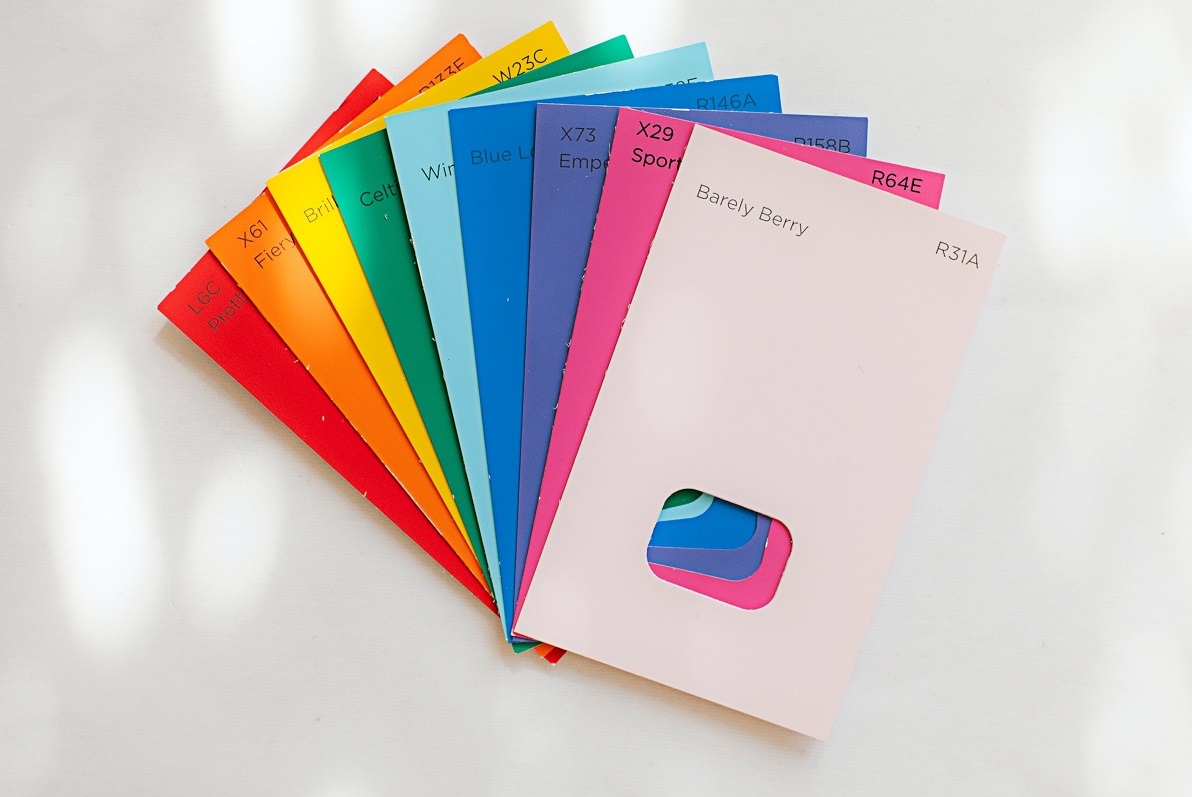Jeff Bunce: Most people are aware of the price they are paying for the management of their mutual funds. But if you don't know, the management-expense ratio, or MER for short, is usually prominently displayed on a fund company's website so it's easy enough to find.
Less people are aware of a secondary cost to investing, though. The trading-expense ratio, or TER, is a measure of your fund's trading costs. Every time the manager of your fund buys and sells a security, there is a cost associated with that. On an annual basis, this cost tends to be much smaller in relation to the MER but it is not always insignificant. This is particularly true if the manager has a shorter investment horizon or if they invest in illiquid securities.
For instance, the Bronze-rated CI Cambridge Canadian Equity fund dedicates a portion of its portfolio to opportunistic, shorter-term trades, and this typically results in portfolio turnover greater than 100%. Not surprisingly, the TER for this fund is above its category median. However, this is something we've considered in the fund's Process and Price pillar ratings.
The Canadian small-cap space is an area where we typically see higher TERs, mostly due to poor liquidity and the higher cost to trading small-cap stocks. The median TER here is 21 basis points compared to just 6 basis points for Canadian large caps. Because of this, we tend to prefer funds like the Silver-rated Beutel Goodman Small Cap, whose low-turnover approach results in trading costs that are well below the median.
In our ratings we consider both the MER and the TER on a combined basis to make sure we're evaluating the total cost of a fund. While MER is the main cost to be concerned about, TER is still something you should be tuned in to, especially if you notice a lot of changes to your portfolio holdings from one period to the next, as this may signal higher costs. You can find the TER of your fund disclosed in the Fund Facts sheet.
For Morningstar, I'm Jeff Bunce.




















